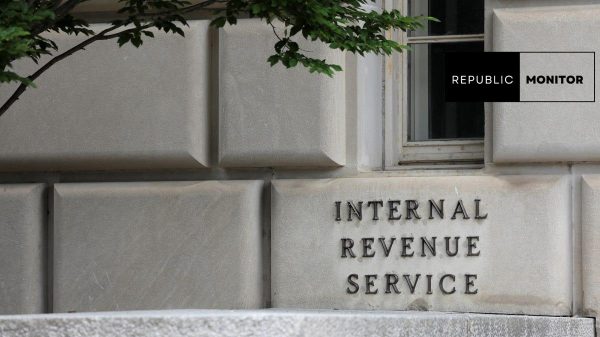Researchers have doubled down efforts of developing a needle-free vaccine that will safely deliver the COVID-19 vaccine to people. This concept is now nearing fruition as Australian-based biotechnology company Vaxxas enters the clinical trial stage to test its patches that will painlessly administer the COVID-19 vaccine.

A needle-free vaccine patch from Australian biotechnology company Vaxxas might become available soon. (Photo: AP/ BUSINESS WIRE)
How Does it Work?
Researchers from the University of Queensland recently published a study, titled “Complete Protection by a Single-Dose Skin Patch–Delivered SARS-COV-2 Spike Vaccine,” in the journal Science, which showed that the patches produced stronger and faster immune response compared to needles and syringes.
In the study, they explained that the needle-free patches contain 5,000 experimental vaccine-coated micro projections that are applied to the skin where a high density of immune cells is located for a few seconds, immediately delivering the vaccine to the body and triggering an immune response.
Dr. Michael Junger, Vaxxas head of the medical device and process engineering, told ABC Radio Brisbane that the patient would barely feel any sensation as it will be applied at such fast speeds. The company is planning to conduct a human clinical trial in mid-2022 in Australia.
Benefits of Needle-Free Vaccine Patches
According to Science Alert, this new technique promises a medical revolution that could help doctors administer vaccines to children and people with a phobia of needles or syringes. More so, it could assist with distribution efforts as they do not require cold-chain requirements like the current vaccines and even promote high vaccine efficacy.
Study co-author and virologist David Muller from the University of Queensland said that even with the less amount of vaccine delivered precisely to the skin, it activates an immune response similar to intramuscular injection, which is a key factor in addressing vaccine procurement of developing countries.
Lastly, he added that the technology is easy to use since a highly trained medical professional is not needed to administer the needle-free vaccine patches. Thus, its potential of someday becoming available for self-administration.















